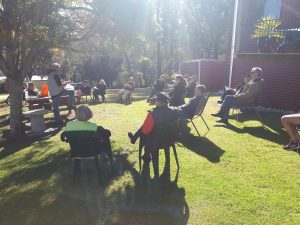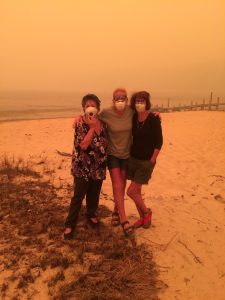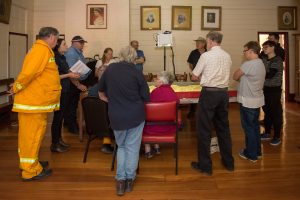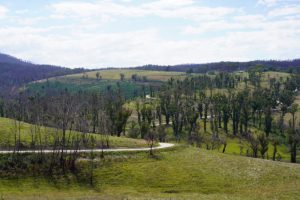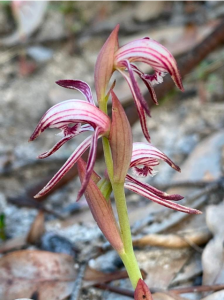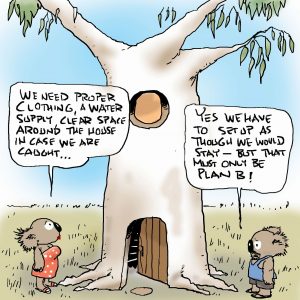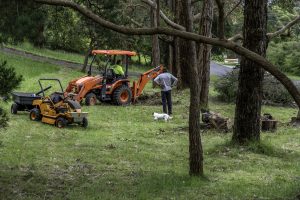Community Overview
On this part of the website you will find detailed stories about local community action on bushfire management. Using their own knowledge, understanding and experience, and with the support of agencies, communities across Victoria are organising to make the places where they live safer from fire.
From Mallacoota’s community action before and after the devastating 2019/2020 fires to community led activities in Moe South to unique plans in the far north east … there are plenty of great examples of strategic community led bushfire management across this state.
Community stories
- Callignee & Traralgon South – Here you can read about the Callignee and Traralgon South Emergency Committee (CEC) and the Latrobe Community Emergency Management Forum (LCEMF).
- Mallacoota – The story of Mallacoota’s readiness and recovery – summer 2019/2020
- Moe South – As an area with extreme bushfire risk, Moe South was first engaged in the CBBM program in April 2019. Since then, several discussions and initiatives have taken place to support the Moe South community in building resilience to bushfires and other emergencies. You can read about them here.
- Tamboon – Thirty kilometres south of Cann River, the tiny Tamboon community saved their homes from burning down in the 2019/2020 Gippsland fires. Find out what they did here.
- Glenmaggie and Seaton – A new CBBM community working with campgrounds, day visitors and caravan parks, as well as private landholders (including absentee) to reduce bushfire risk.
- Toongabbie – Nestled in the foothills of the Boola Forest, Toongabbie is working hard to prepare their community for the threat of fire and to reduce their risk.
- Briagolong – This rural township in Wellington Shire took part in the Community Based Bushfire Management program in 2019. Among other community events, this creative mob made films as part of a local film festival competition. You can find the short films and more here.
- Buchan – Here you find a three part podcast with stories from the frontline of the 2019-2020 fires
Useful Resources
- Australian Communities Foundation: This communications campaign trains and supports people in fire affected areas in East Gippsland – including more vulnerable residents – to tell their stories about the impact of climate change and the opportunities renewable energy represents to rebuild the region.
- The Latrobe Valley Information Network (LVIN) is a comprehensive network that combines bushfire ignition detection, flood level monitoring, air quality tracking and 24-hour micro-climate weather monitoring, to provide early notification of fires, floods and air quality issues, such as storm asthma that can impact the lives of residents. The LVIN also provides 24 hour monitoring of plantations, water catchments, coal mines and power stations to assist in the protection of these industry resources in the region. Allergy sufferers can view live air concentration levels and movement to avoid contact and the impact of airborne pollens and contaminants including smoke from prescribed burns and the recent fires in Yinnar South. The Network is available for public use via the Attentis Smart Sensors app or via the website linked above.
- Growing the Seeds: recovery, strength and capability in Gippsland communities report by Celeste Young (Victoria University) and Bushfire and Natural Hazards CRC.
- Community Fireguard Groups (CFGs): Wondering what a CFG looks like or could mean for you and your neighbours? Gavin Wigginton was part of a CFG in Callignee just before Black Saturday and shares how it made a world of difference to his ability to plan for, respond to and recover from the traumatic events of February 2009. Listen to his story at the 30-minute mark of this recorded community conversation.
- Gippsland Emergency Relief Fund (GERF): Since 1978 GERF has supported Gippslanders impacted by natural disaster with resources like food, clothing and shelter. GERF is run entirely by volunteers and is one of the first to respond and is often able to help people who have ‘fallen through the cracks’. Every $ donated goes to support Gippslanders in need.
